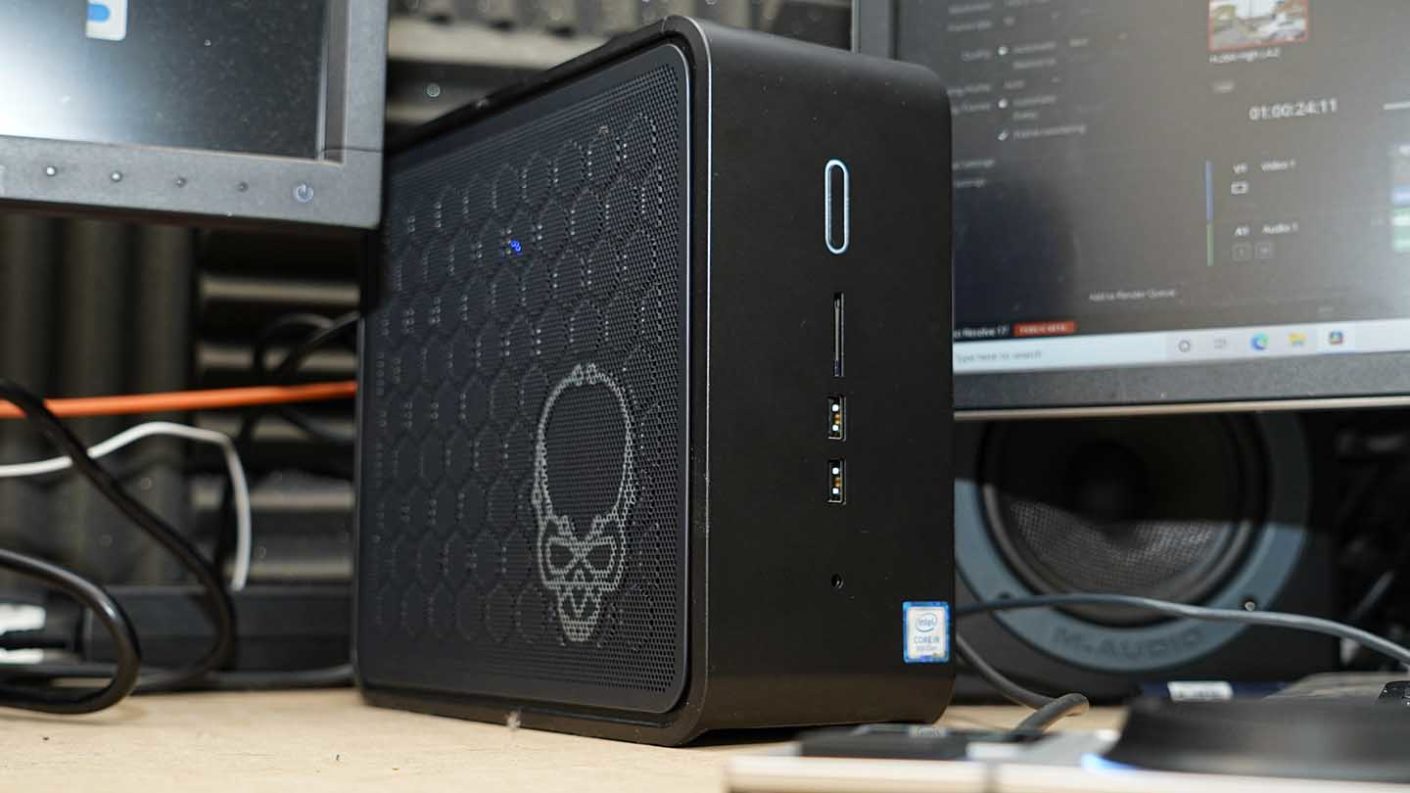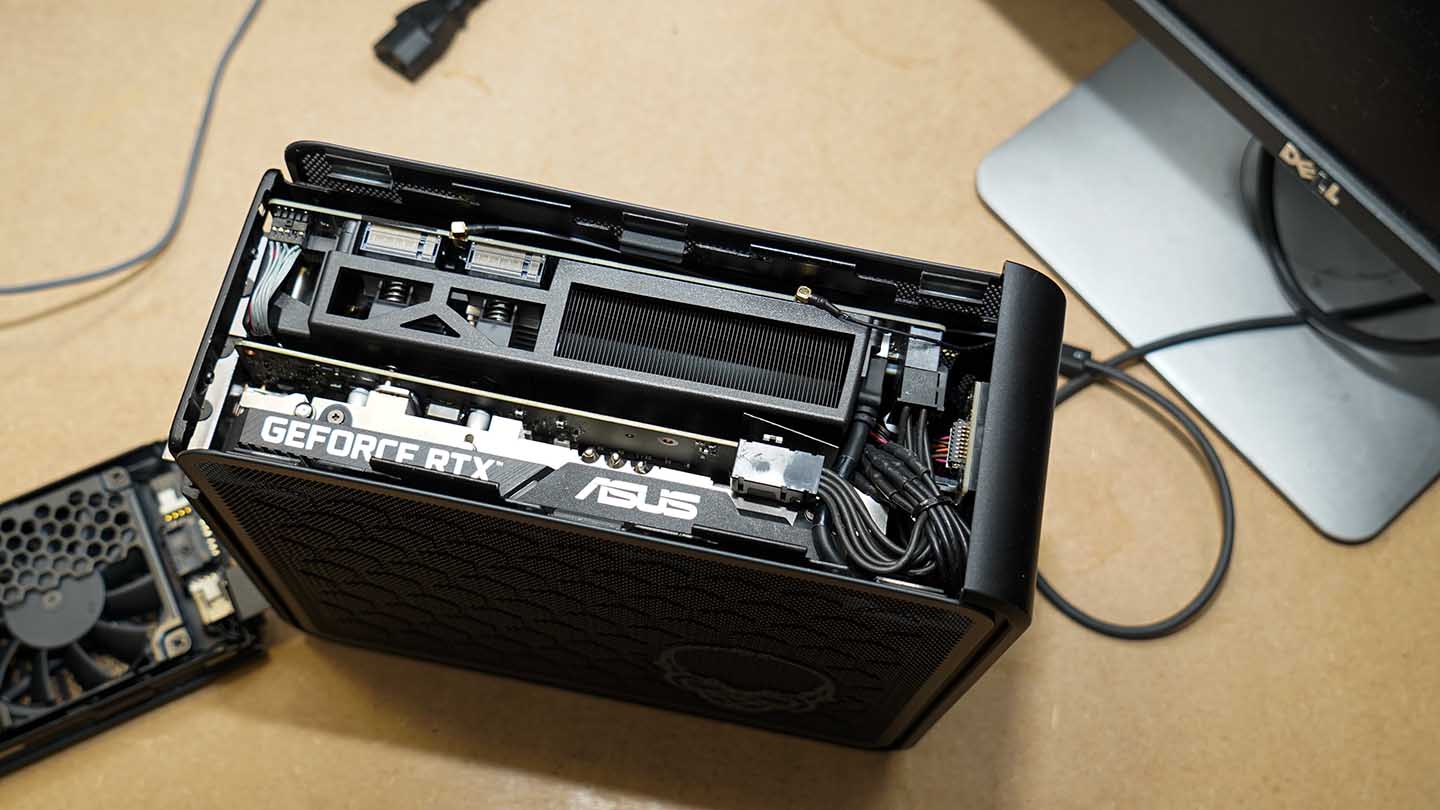I’ve been a dedicated Mac user for years, and while I use PCs for some aspects of work, I’ve tried to avoid them, unless of course they’re installed with Linux, but that’s a whole other thing.
Ultimately I’ve chosen to use Apple computers because of their reliability – I had my MacPro 2011 in full-time use up until last year, never a glitch just performance, and the Mac Pro 2013 still flys through HD video edits.
However, I need an upgrade for my Mac desktop, for 4K video editing, but the new MacPro is far too expensive for me to even contemplate.
I have a MacBook Pro 2018, soon to be 2020, which should be up to 4K video editing, which it is for about 30 minutes to an hour, after that it gets hot and wants to take a break or sleep.
I’ve have looked at the Mac Mini. It’s very nice but limited to 16GB of RAM, is that enough for 4K video editing? It doesn’t feel like it would be, and then there’s the need for an eGPU, so I’ve ruled out the Mini, but do let me know in the comments below if you have one and it’s fine for 4K.
Of course, there’s the iMac.. Yep.
However, as a creative do you need to stick to Mac? Five years ago everyone was using and demanding Final Cut Pro; that now seems to have swapped to Premiere Pro and DaVinci Resolve.
This means I should now be able to shift to PC, and PC solutions are increasingly powerful and cheap compared with Macs, and that’s why I’m looking at the Intel NUC 9 Extreme.
Before I go on, NUC stands for, Next Unit Computing, and these machines give you an insight into the future.
NUC is essentially a modular system with an enclosed element that takes all the major computer components and wraps them into one compact form known as the Compute Element.
This compute element looks a bit like a graphics card, and simply slots into a compatible case.
The idea is that you can pop the Compute Element out of the case and pop in an upgraded one when you want, rather than having to upgrade the whole machine when that time comes.
As well as the compute element, some NUC cases offer additional slots for dedicated graphics, storage and other components.
I’m looking at the Intel NUC 9 Extreme which features the NUC9i9QNB, Compute Element, ASUS GeForce RTX, 32GB Ram, 1TB NVMe SSD, WiFi and plenty more all for around £2300.
That’s roughly on a par with a £3499 iMac, obviously without the screen, keyboard and mouse.
However, the Intel NUC was designed as a gaming machine, so can it switch from gaming to creative?
Within an hour of the Intel NUC 9 Extreme arriving it was connected and ready to go.
Initial performance is like nothing I’ve used before, there’s no waiting, programs load, files show thumbnails instantly, and I can work on 4K video all day without slow down.
The only issue is Windows; it looks horrid when you come from the refined look of Mac OS, you feel like you’re stepping back in time when it comes to the interface. Ultimately this is going to come down to performance, and er price.

Can this small machine keep up with what’s needed for 4K video editing and grading, or should it remain as a gaming only solution?







